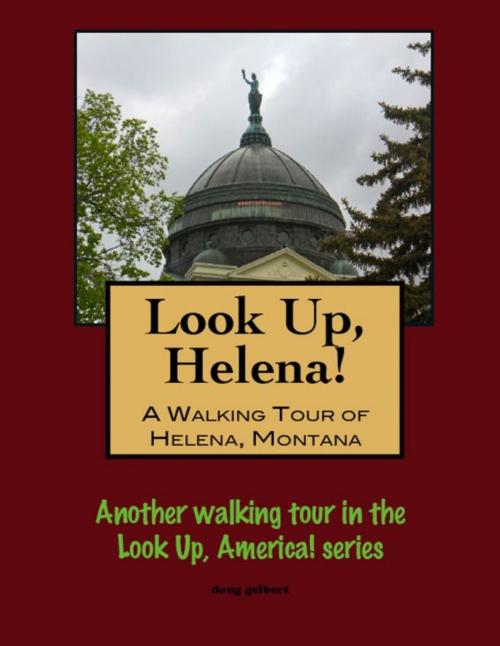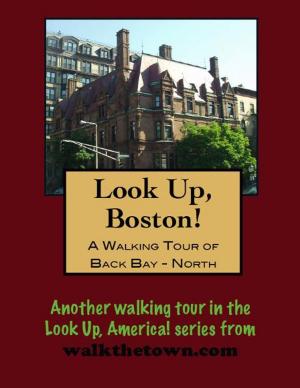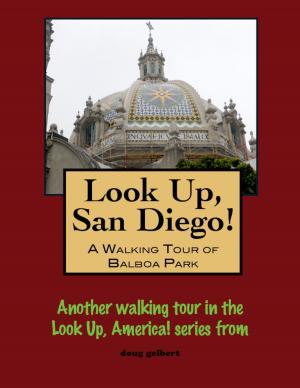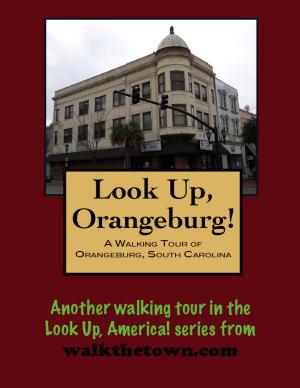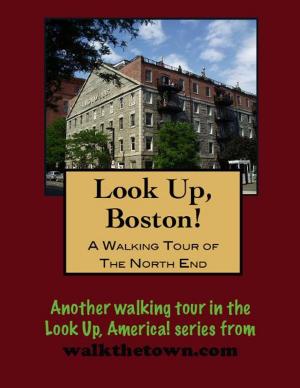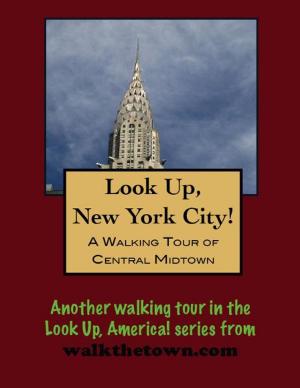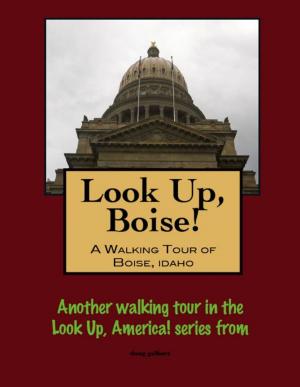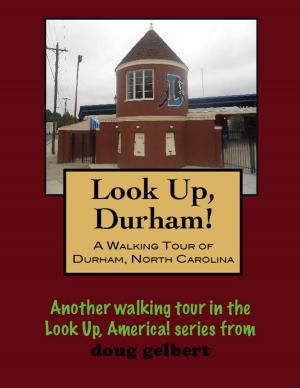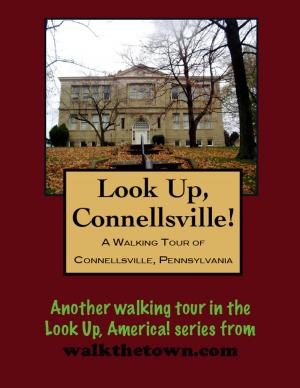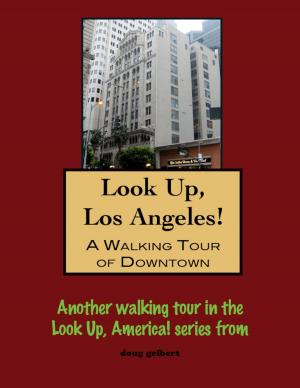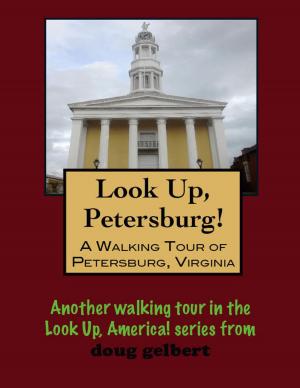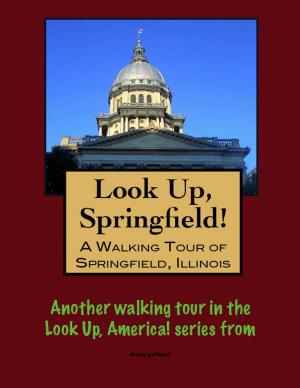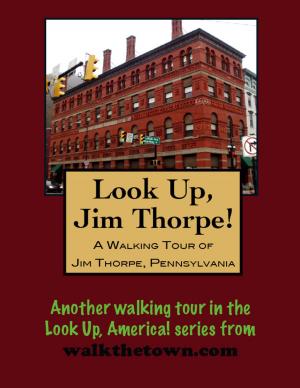| Author: | Doug Gelbert | ISBN: | 9781301533831 |
| Publisher: | Doug Gelbert | Publication: | December 12, 2012 |
| Imprint: | Smashwords Edition | Language: | English |
| Author: | Doug Gelbert |
| ISBN: | 9781301533831 |
| Publisher: | Doug Gelbert |
| Publication: | December 12, 2012 |
| Imprint: | Smashwords Edition |
| Language: | English |
There is no better way to see America than on foot. And there is no better way to appreciate what you are looking at than with a walking tour. Whether you are preparing for a road trip or just out to look at your own town in a new way, a downloadable walking tour is ready to explore when you are.
Each walking tour describes historical and architectural landmarks and provides pictures to help out when those pesky street addresses are missing. Every tour also includes a quick primer on identifying architectural styles seen on American streets.
They were known as the Four Georgians even though they weren’t all from Georgia and there may have been seven and not four. The prospecting party had been working Montana Territory near Virginia City most of 1864 before trying the Little Blackfoot Creek and then crossed the Continental Divide to begin the summer in Prickly Pear Valley, which had gotten its name during Lewis & Clark’s Corps of Discovery when Captain William Clark had to delay a scouting party to yank cactus spines out of his feet here.
After six weeks the prospectors had little to show for their efforts when they tried a spot they had dramatically named Last Chance Gulch because it was going to be just that for their time in the valley. On July 14, 1864 the Georgians found a gold nugget in the gulch - the first of $200 million (some $4 billion in today’s money) in gold that would be pulled from one of America’s most famous placer deposits. The Four Georgians were gold chasers, not builders, and they didn’t stick around to nurse a proper town into being from the busting gold camp that sprung up in the Prickly Pear Valley. Local lore insists they needed an extra heavy wagon to haul away all their gold dust after selling their claims in 1867.
The streets of the town were laid out by Captain John Wood in 1865 and he didn’t need a straight edge for his drawings - Main Street ran up the winding gulch and side streets had to negotiate around the various claims of the miners. When it came to naming the town suggestions like Crabtown (after one of the Georgians, who was from Iowa), Pumpkintown and Squashtown (it was autumn during the naming meeting) and Last Chance (historic but depressing) were rejected in favor of Helena, after the hometown of one of the committee members back in Minnesota.
Most of the gold was scraped from the surface within a few years but the territorial capitol came to Helena in 1875 and the Northern Pacific Railroad pulled into town in 1883 which insured the boomtown would not turn into a ghost town. In fact by 1888, Helena was home to fifty millionaires and boasted it was the richest town per capita on the planet. The riches were on display along Helena’s streets as its culture and architecture earned the town the sobriquet “the Queen City of the Rockies.”
But the boom times never came back after the gold played out - the town’s population didn’t reach its 1888 levels again for fifty years. When Montana became a state Helena had to survive two elections to maintain its position as capital, first in 1892 in a run-off with every aspiring capital town in the state and again in 1894 to beat back a one-on-one challenge from sore loser Anaconda and its leading cheerleader Copper King Marcus Daly.
The town was rocked by an unusually persistent series of earthquakes in 1935 that caused millions of dollars in damage, but not so much that was lasting. It was a different story in the 1970s, however, when Helena became an enthusiastic player in urban renewal. The carnage included 228 buildings and about 150 businesses. About that time Main Street, which had been switched to Last Chance Gulch Street in 1953, was closed to vehicular traffic, emulating a mania across America for pedestrian malls. Most of the malls have been re-opened to auto traffic but Helena’s remains and that is where we will begin our walking our after a short detour to visit a souvenir from gold camp days...
There is no better way to see America than on foot. And there is no better way to appreciate what you are looking at than with a walking tour. Whether you are preparing for a road trip or just out to look at your own town in a new way, a downloadable walking tour is ready to explore when you are.
Each walking tour describes historical and architectural landmarks and provides pictures to help out when those pesky street addresses are missing. Every tour also includes a quick primer on identifying architectural styles seen on American streets.
They were known as the Four Georgians even though they weren’t all from Georgia and there may have been seven and not four. The prospecting party had been working Montana Territory near Virginia City most of 1864 before trying the Little Blackfoot Creek and then crossed the Continental Divide to begin the summer in Prickly Pear Valley, which had gotten its name during Lewis & Clark’s Corps of Discovery when Captain William Clark had to delay a scouting party to yank cactus spines out of his feet here.
After six weeks the prospectors had little to show for their efforts when they tried a spot they had dramatically named Last Chance Gulch because it was going to be just that for their time in the valley. On July 14, 1864 the Georgians found a gold nugget in the gulch - the first of $200 million (some $4 billion in today’s money) in gold that would be pulled from one of America’s most famous placer deposits. The Four Georgians were gold chasers, not builders, and they didn’t stick around to nurse a proper town into being from the busting gold camp that sprung up in the Prickly Pear Valley. Local lore insists they needed an extra heavy wagon to haul away all their gold dust after selling their claims in 1867.
The streets of the town were laid out by Captain John Wood in 1865 and he didn’t need a straight edge for his drawings - Main Street ran up the winding gulch and side streets had to negotiate around the various claims of the miners. When it came to naming the town suggestions like Crabtown (after one of the Georgians, who was from Iowa), Pumpkintown and Squashtown (it was autumn during the naming meeting) and Last Chance (historic but depressing) were rejected in favor of Helena, after the hometown of one of the committee members back in Minnesota.
Most of the gold was scraped from the surface within a few years but the territorial capitol came to Helena in 1875 and the Northern Pacific Railroad pulled into town in 1883 which insured the boomtown would not turn into a ghost town. In fact by 1888, Helena was home to fifty millionaires and boasted it was the richest town per capita on the planet. The riches were on display along Helena’s streets as its culture and architecture earned the town the sobriquet “the Queen City of the Rockies.”
But the boom times never came back after the gold played out - the town’s population didn’t reach its 1888 levels again for fifty years. When Montana became a state Helena had to survive two elections to maintain its position as capital, first in 1892 in a run-off with every aspiring capital town in the state and again in 1894 to beat back a one-on-one challenge from sore loser Anaconda and its leading cheerleader Copper King Marcus Daly.
The town was rocked by an unusually persistent series of earthquakes in 1935 that caused millions of dollars in damage, but not so much that was lasting. It was a different story in the 1970s, however, when Helena became an enthusiastic player in urban renewal. The carnage included 228 buildings and about 150 businesses. About that time Main Street, which had been switched to Last Chance Gulch Street in 1953, was closed to vehicular traffic, emulating a mania across America for pedestrian malls. Most of the malls have been re-opened to auto traffic but Helena’s remains and that is where we will begin our walking our after a short detour to visit a souvenir from gold camp days...
